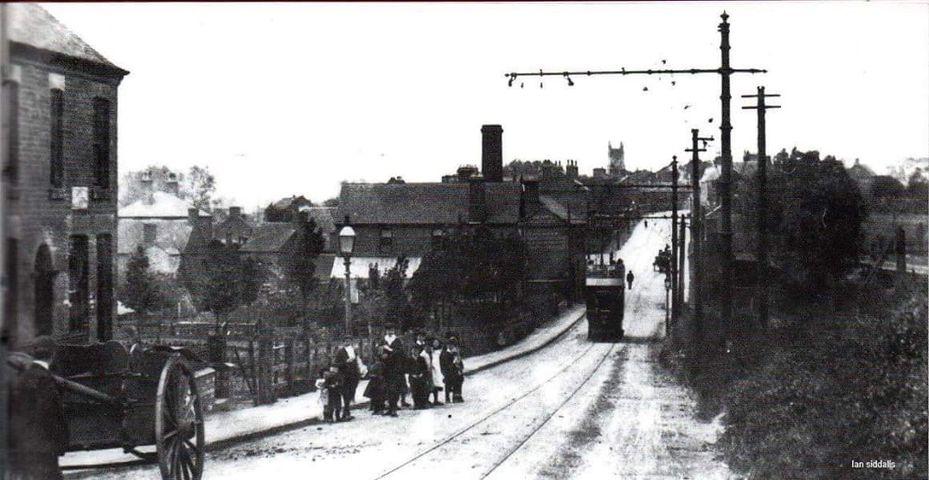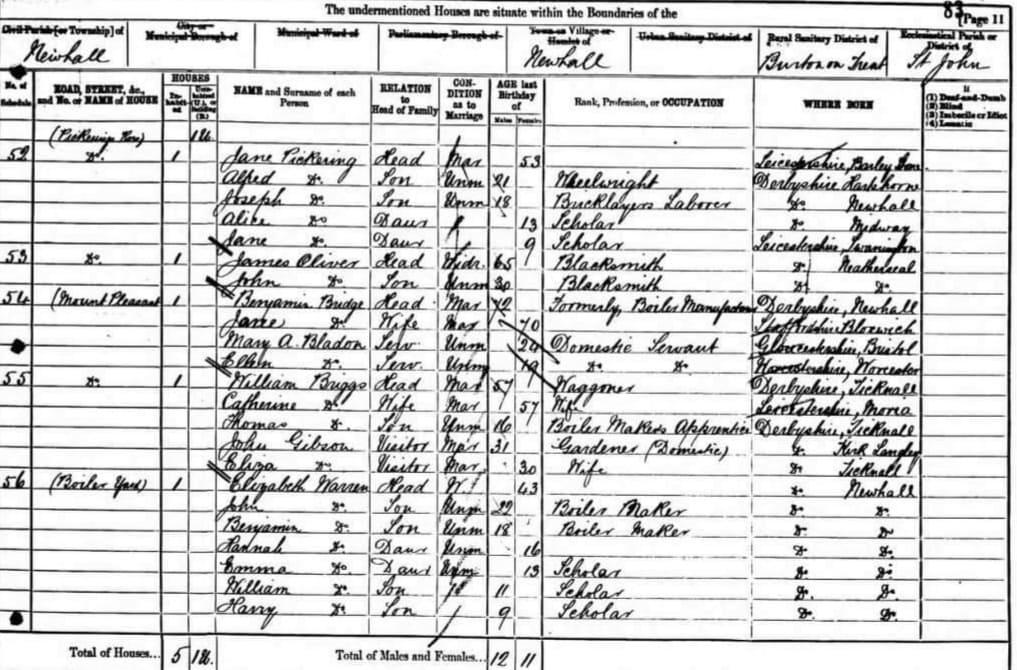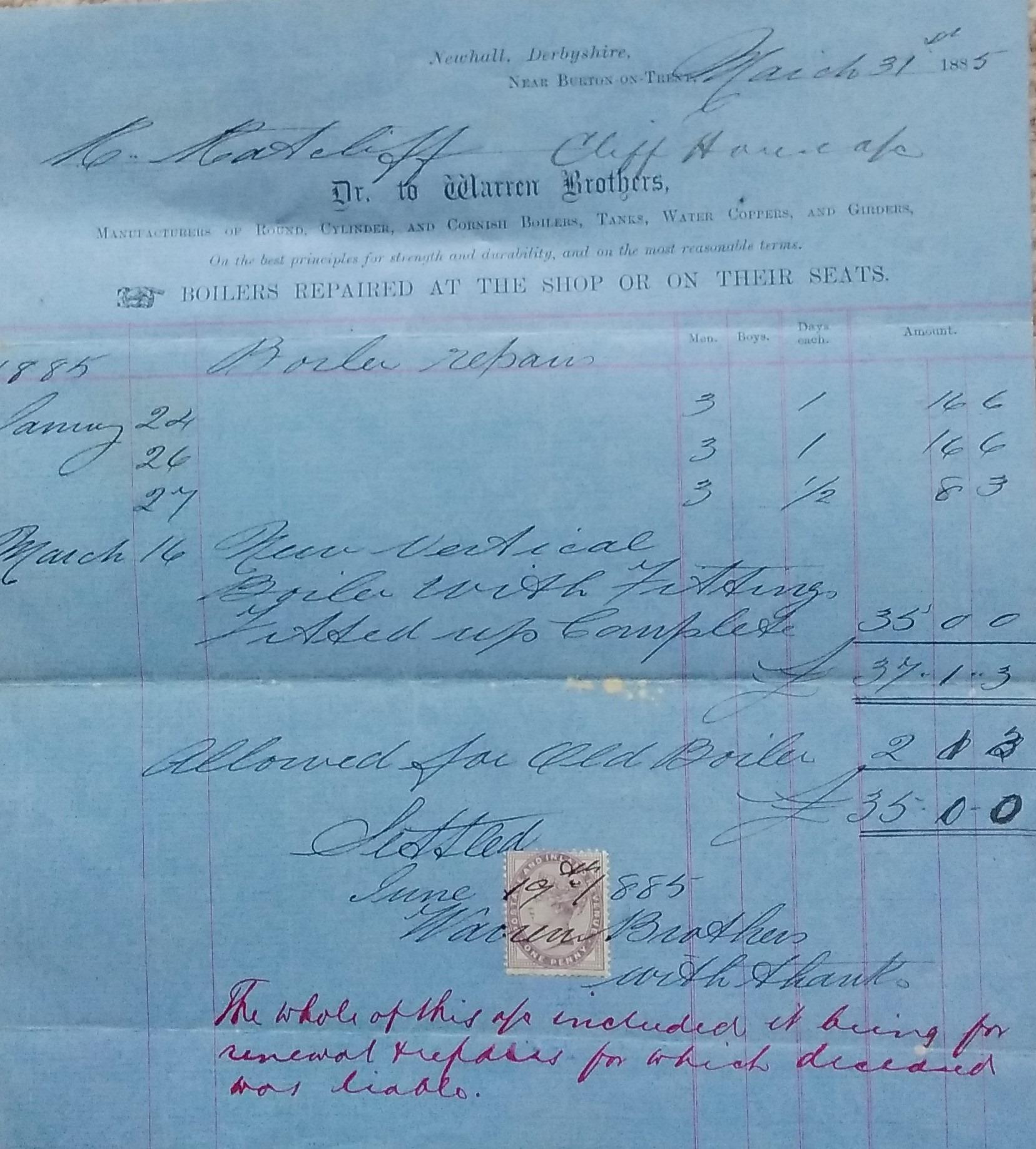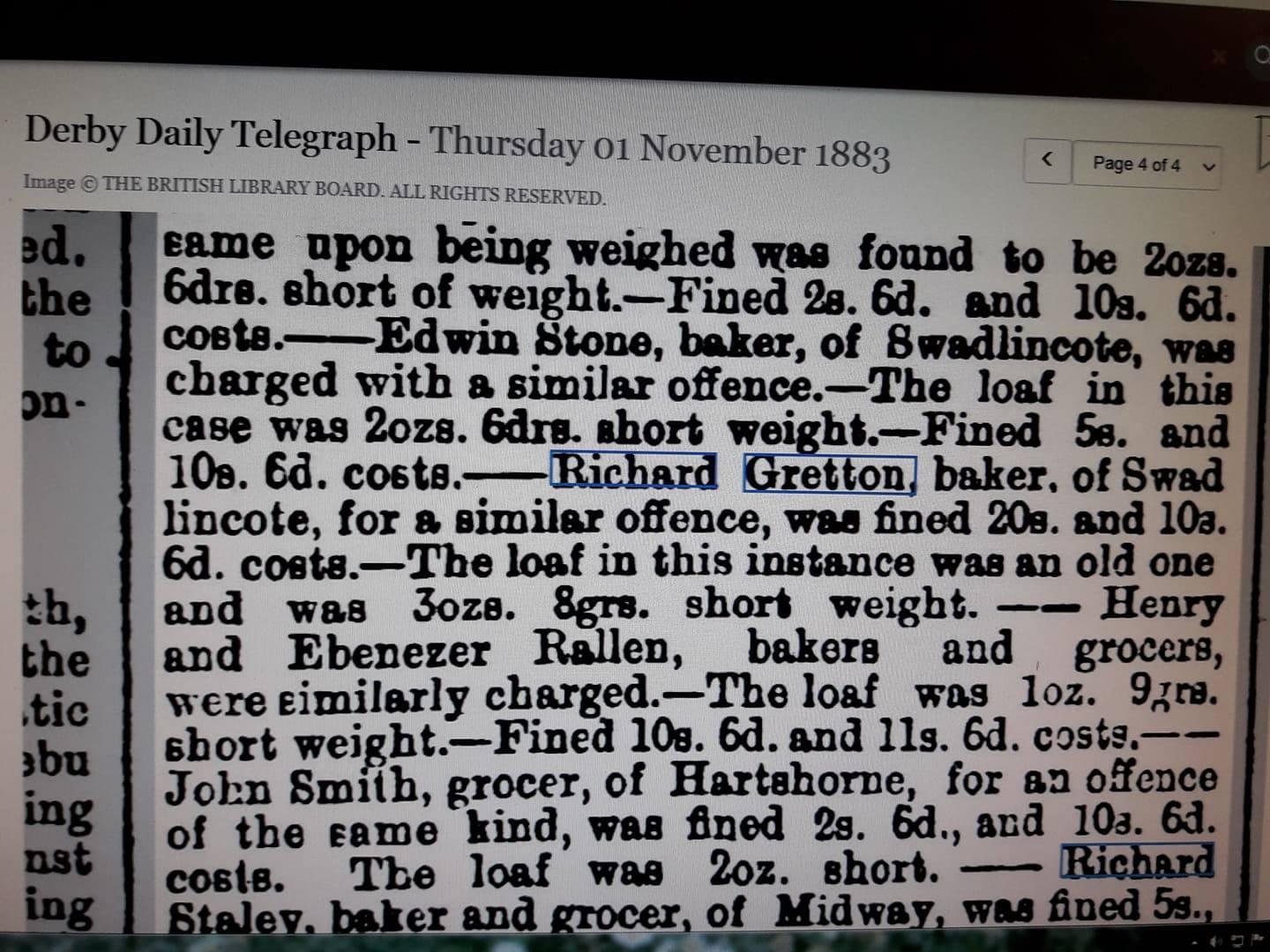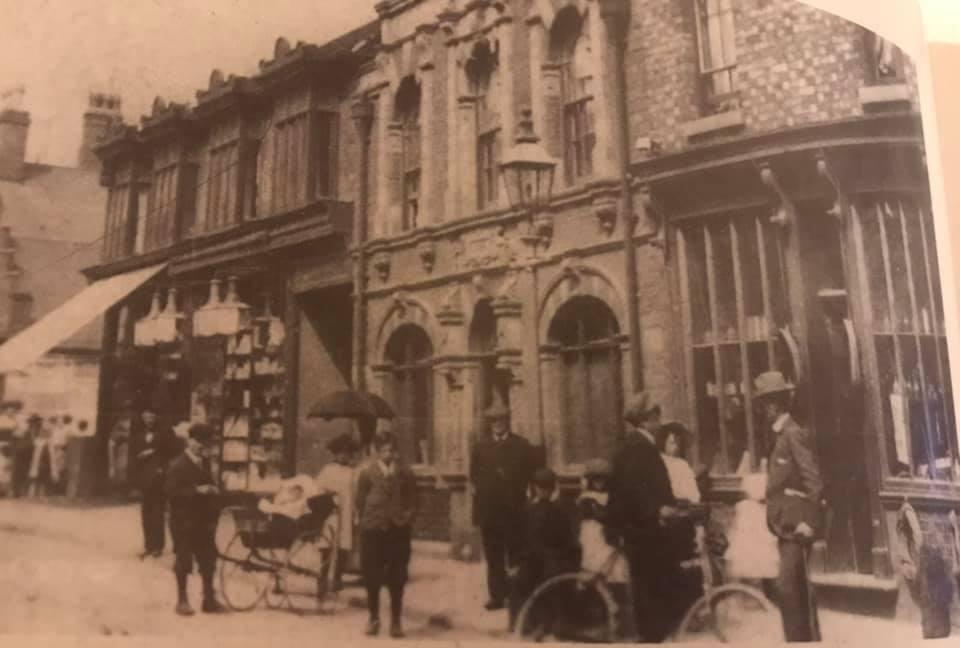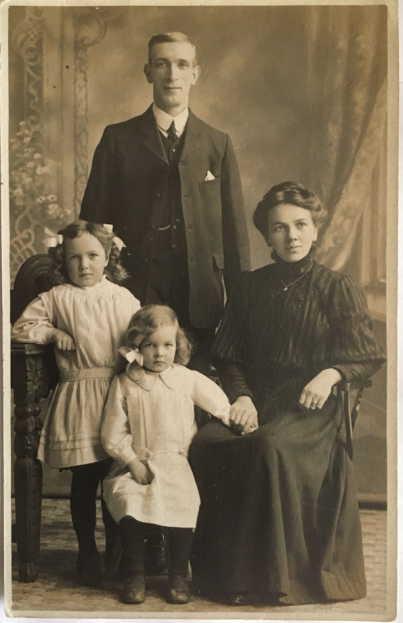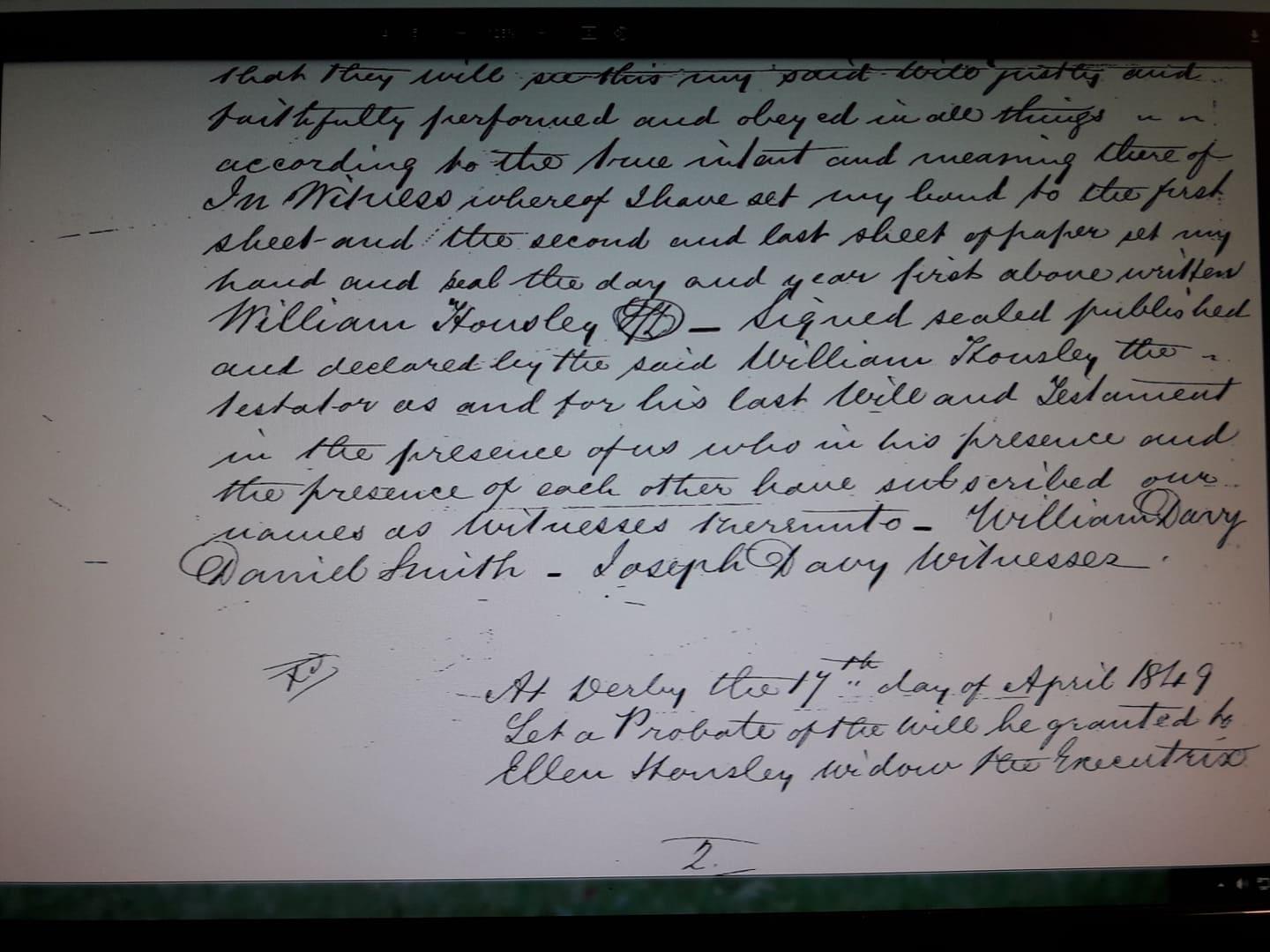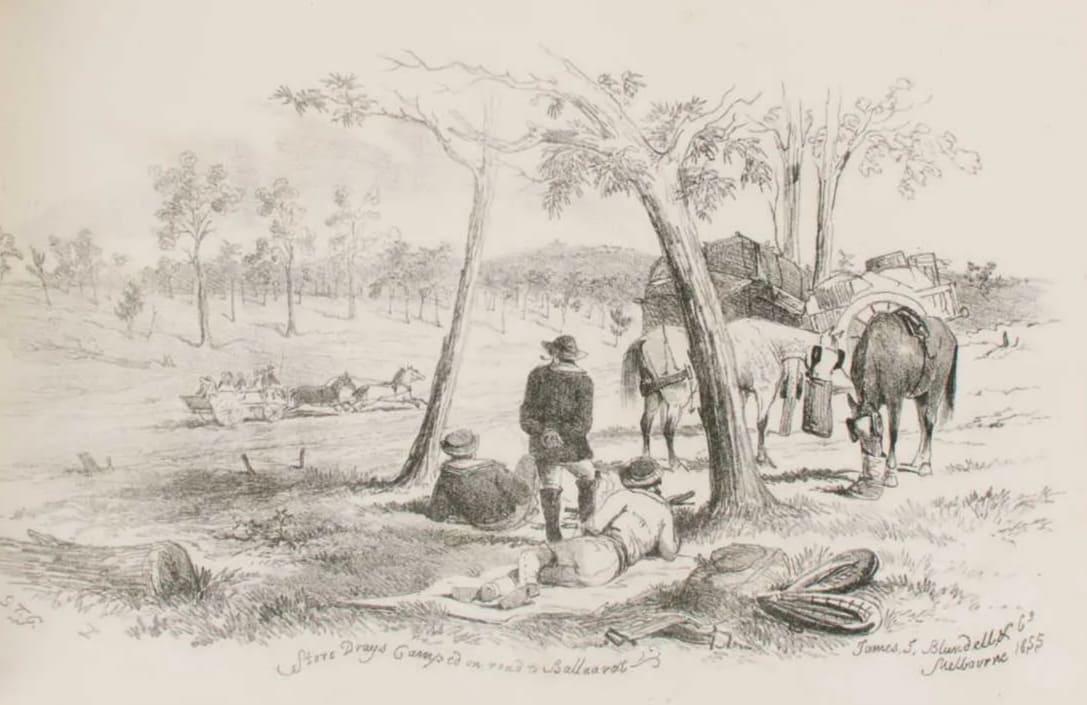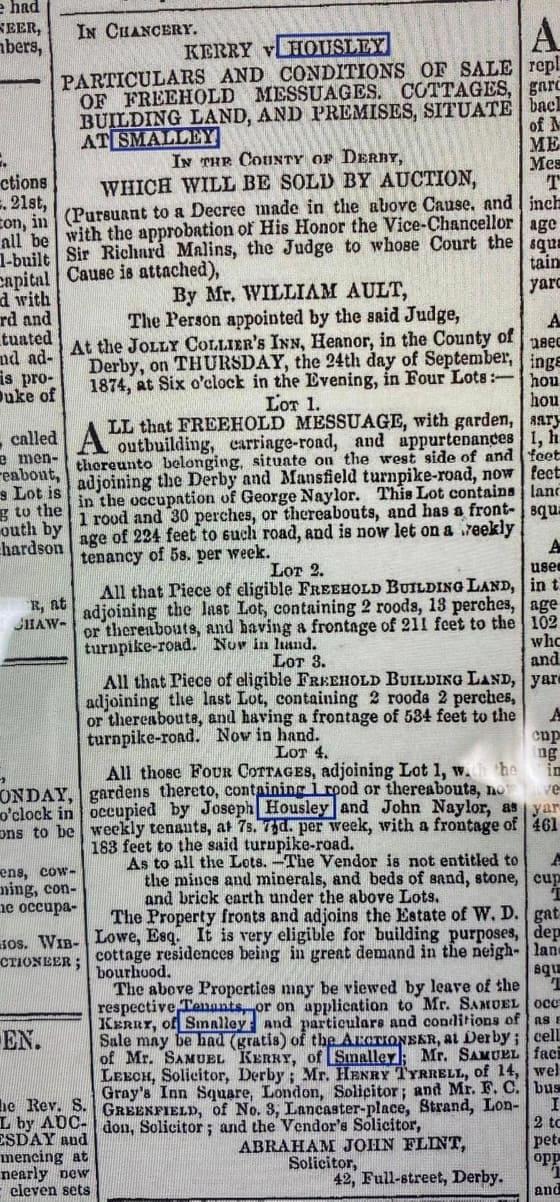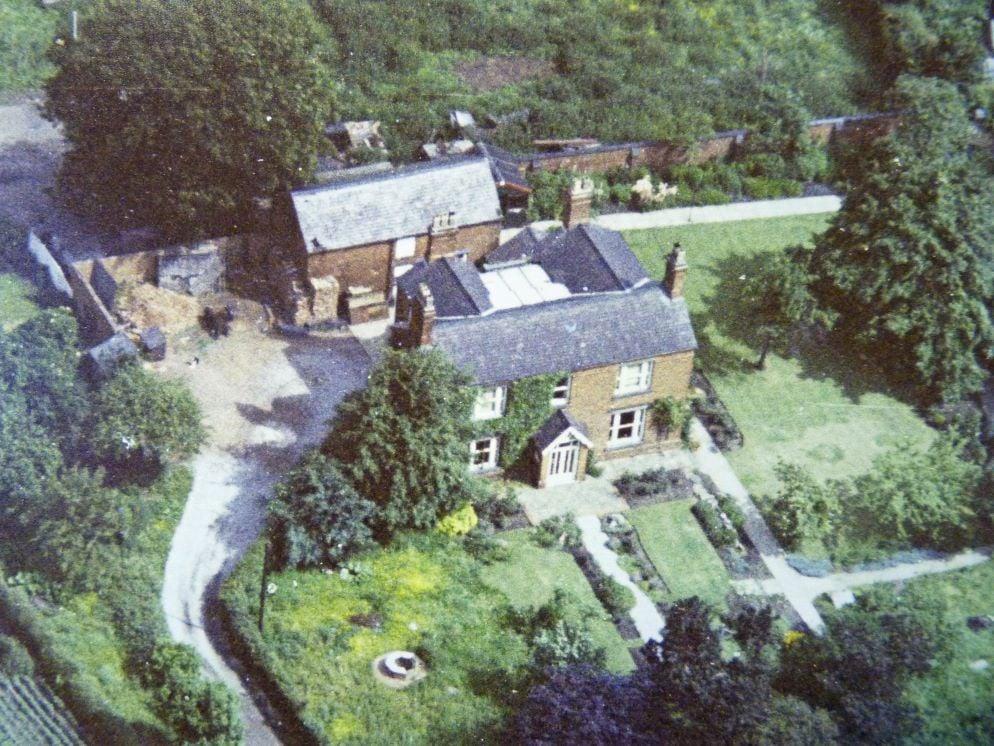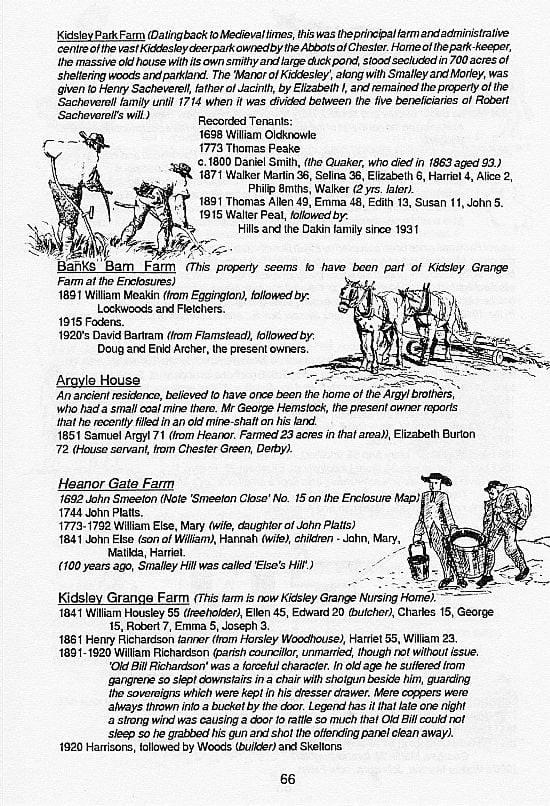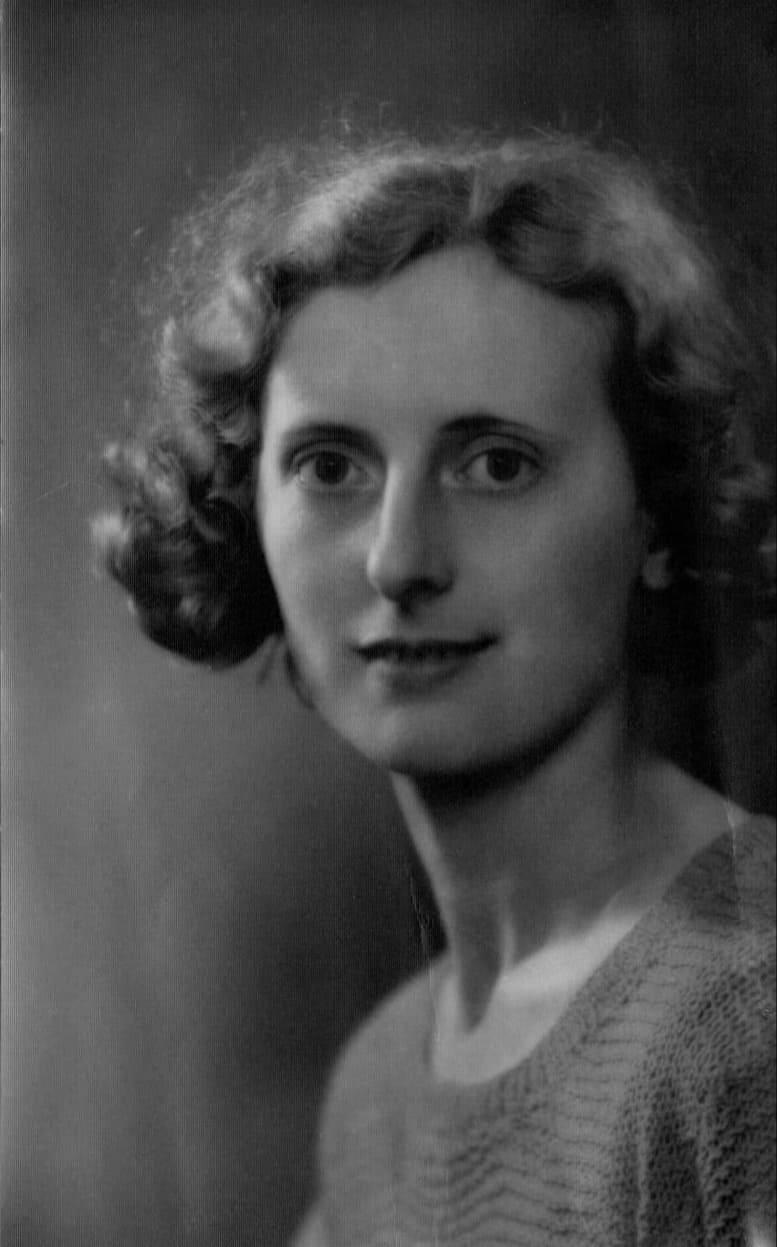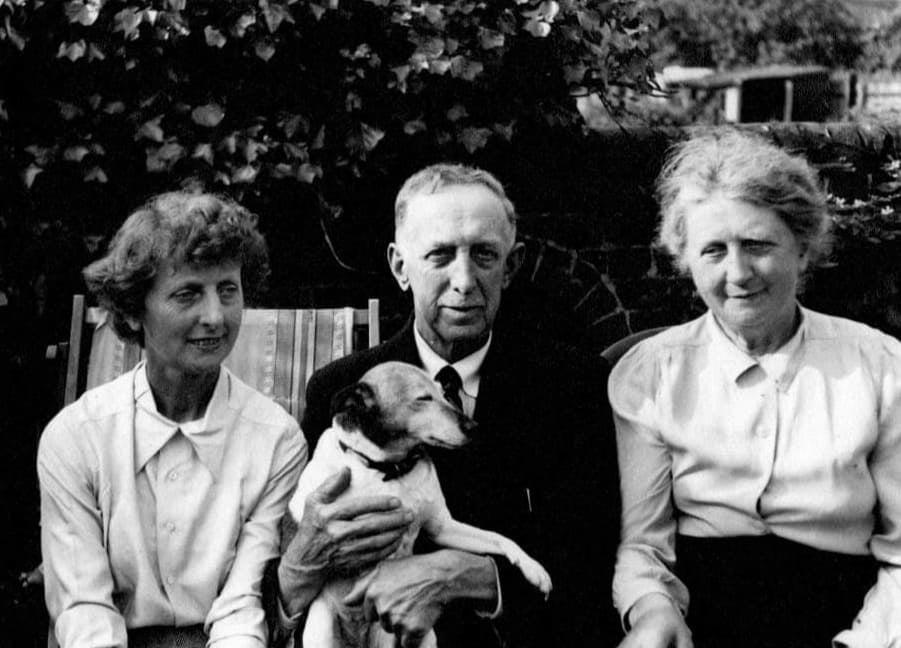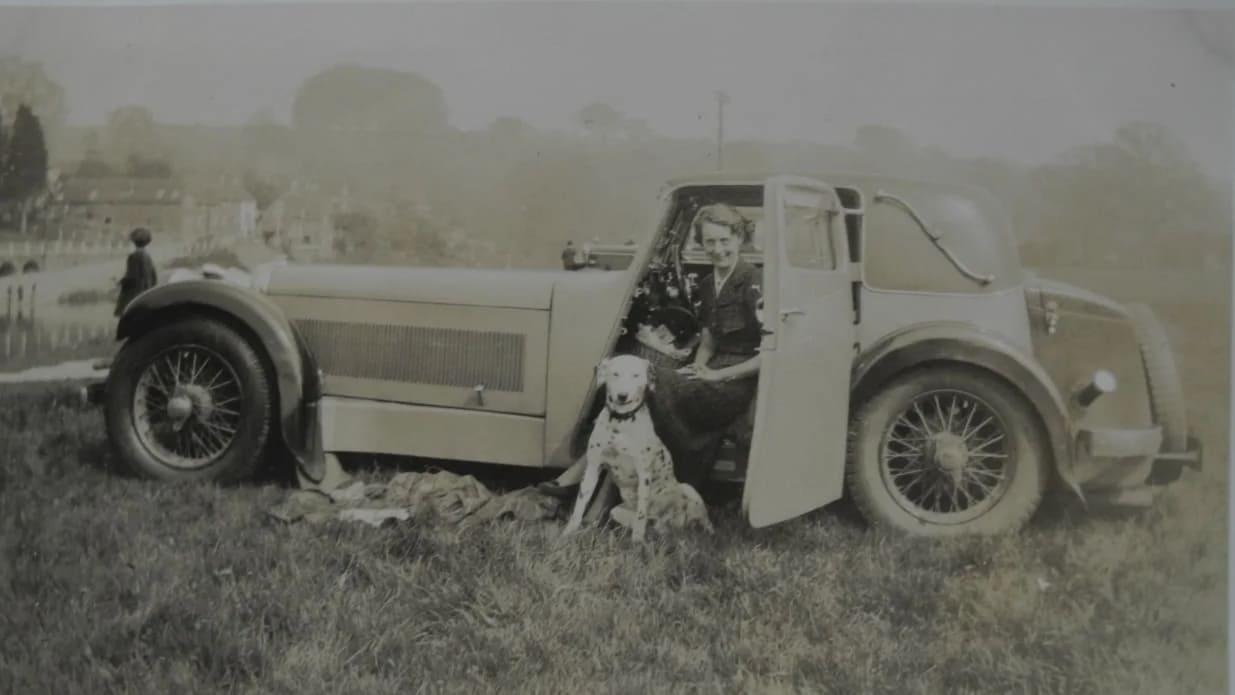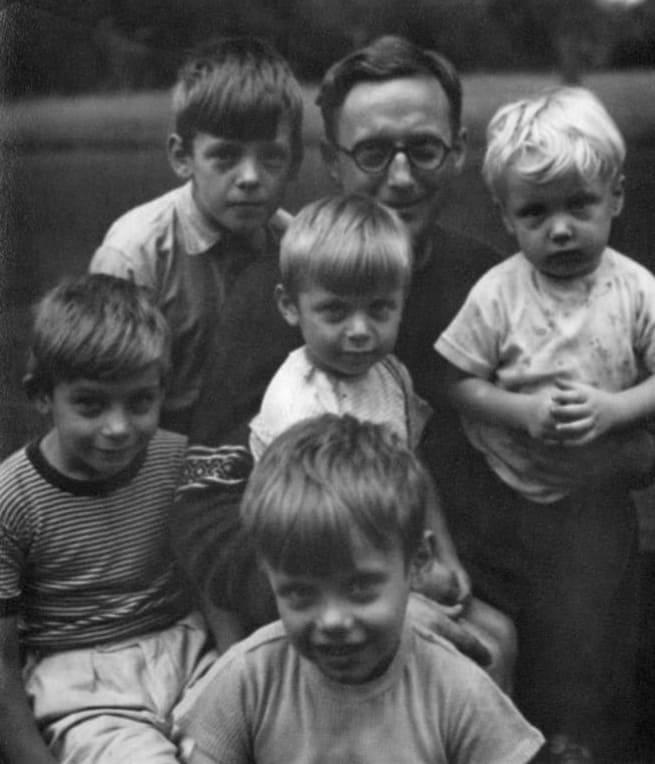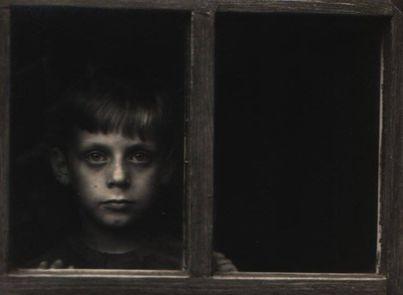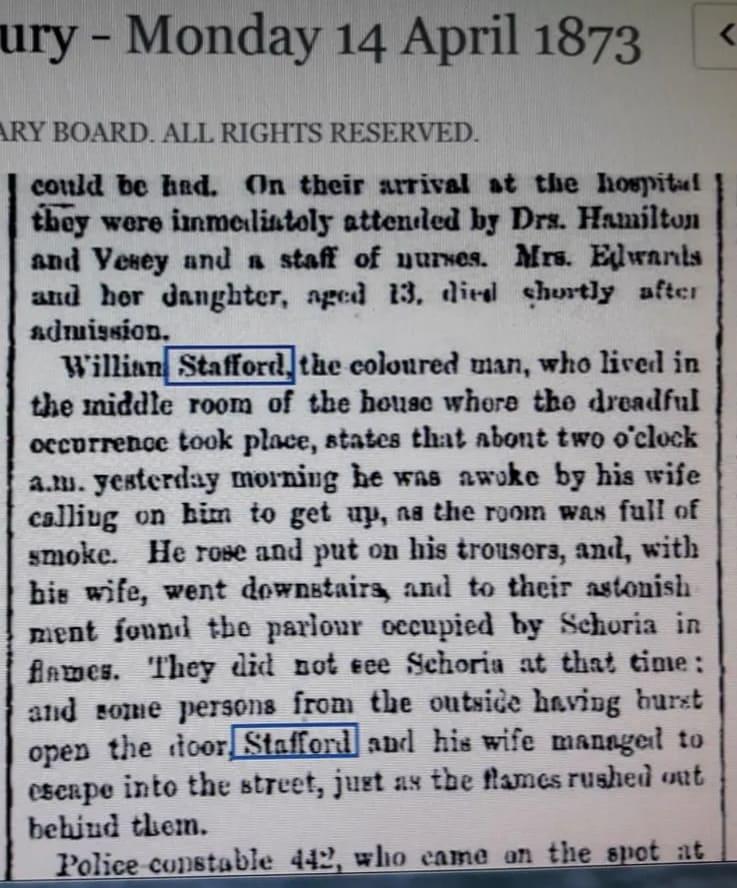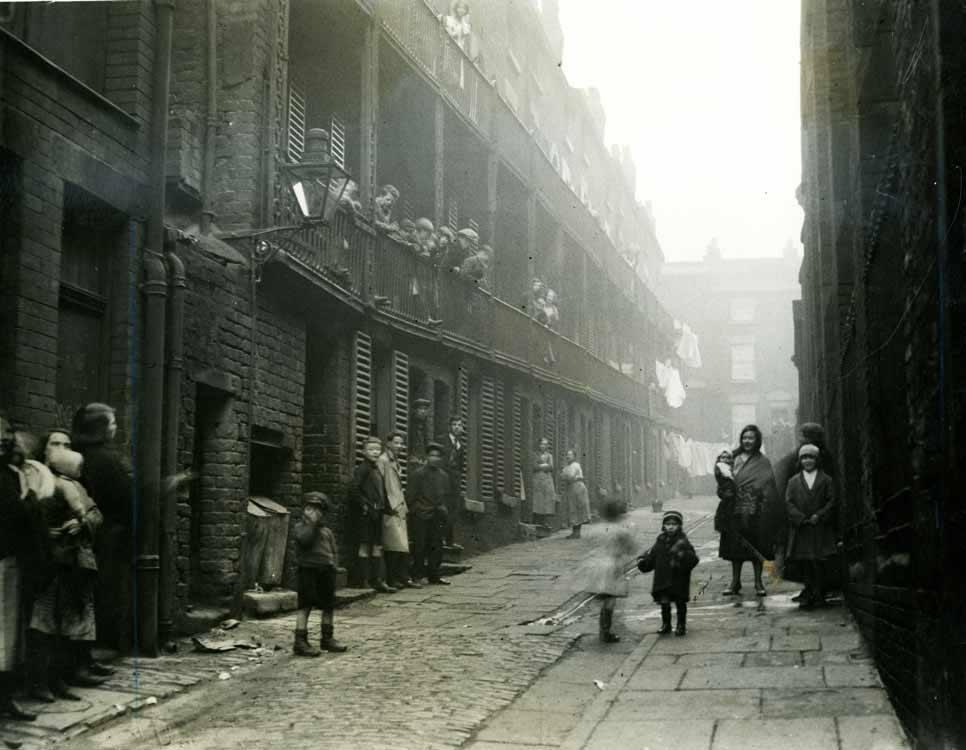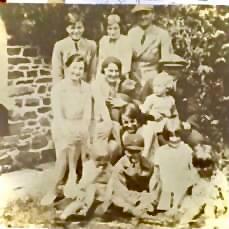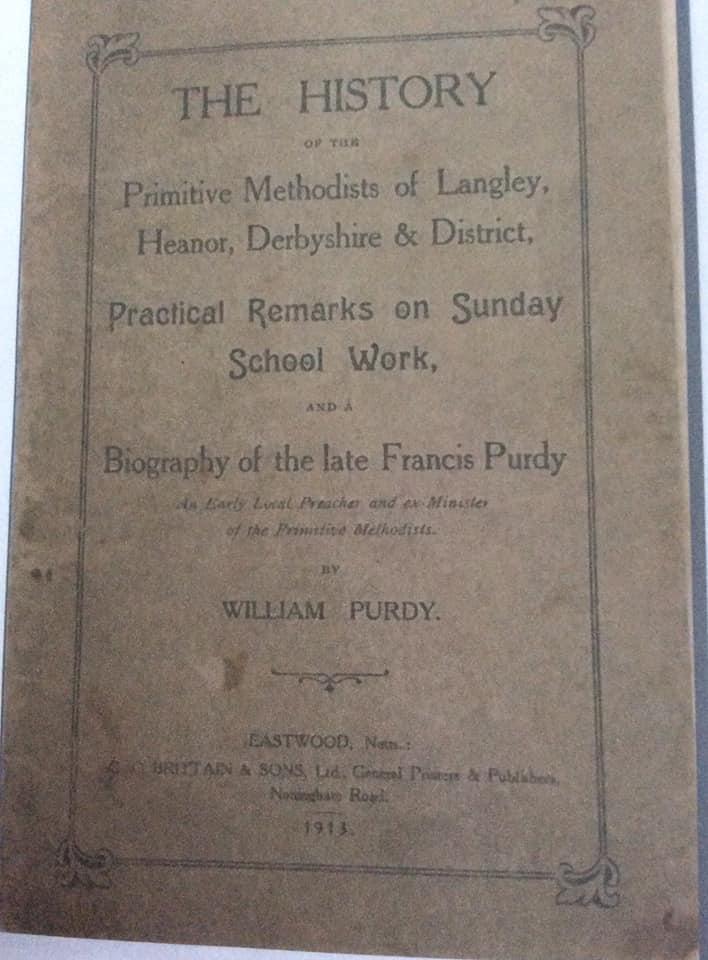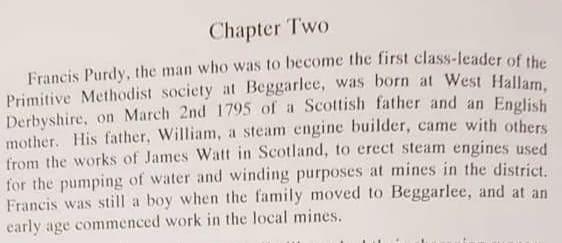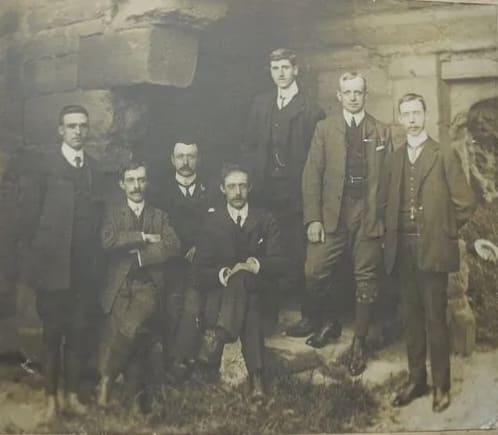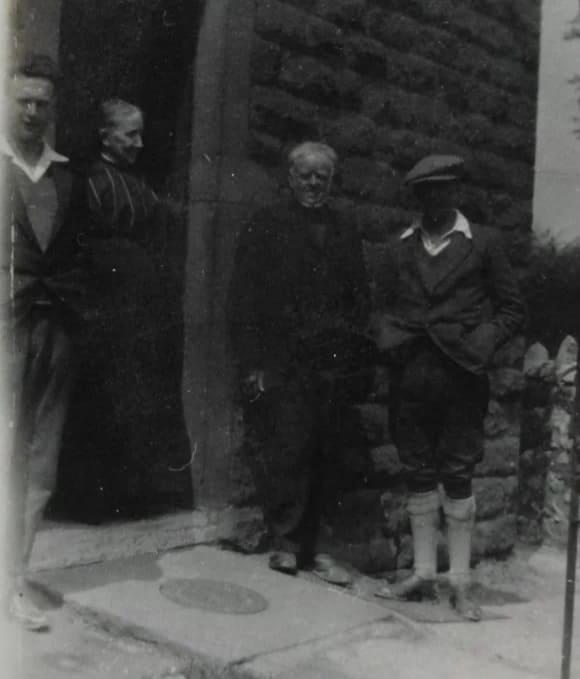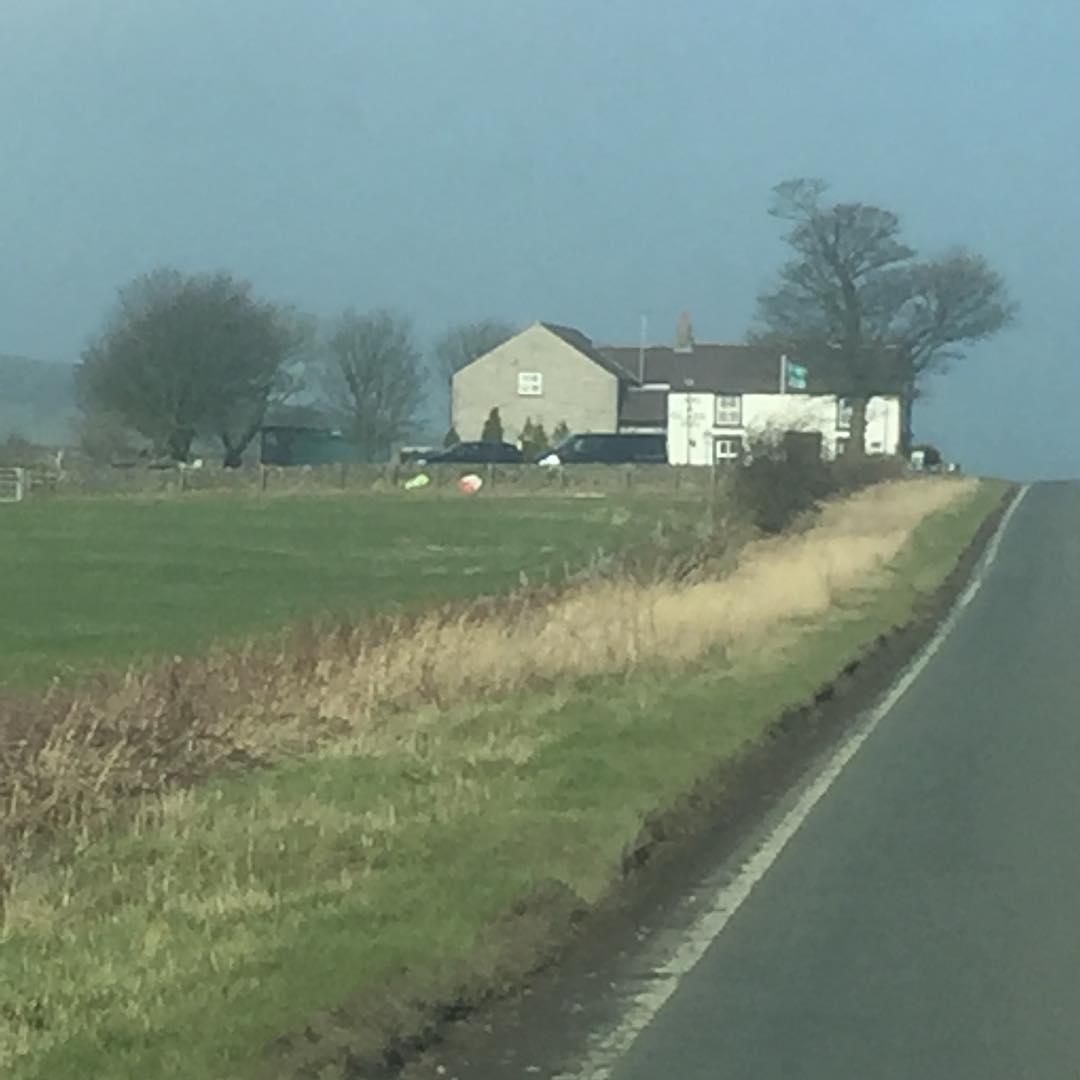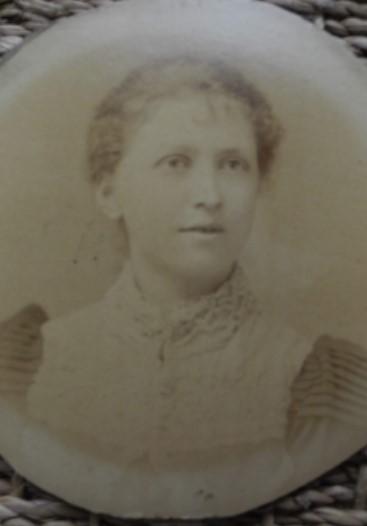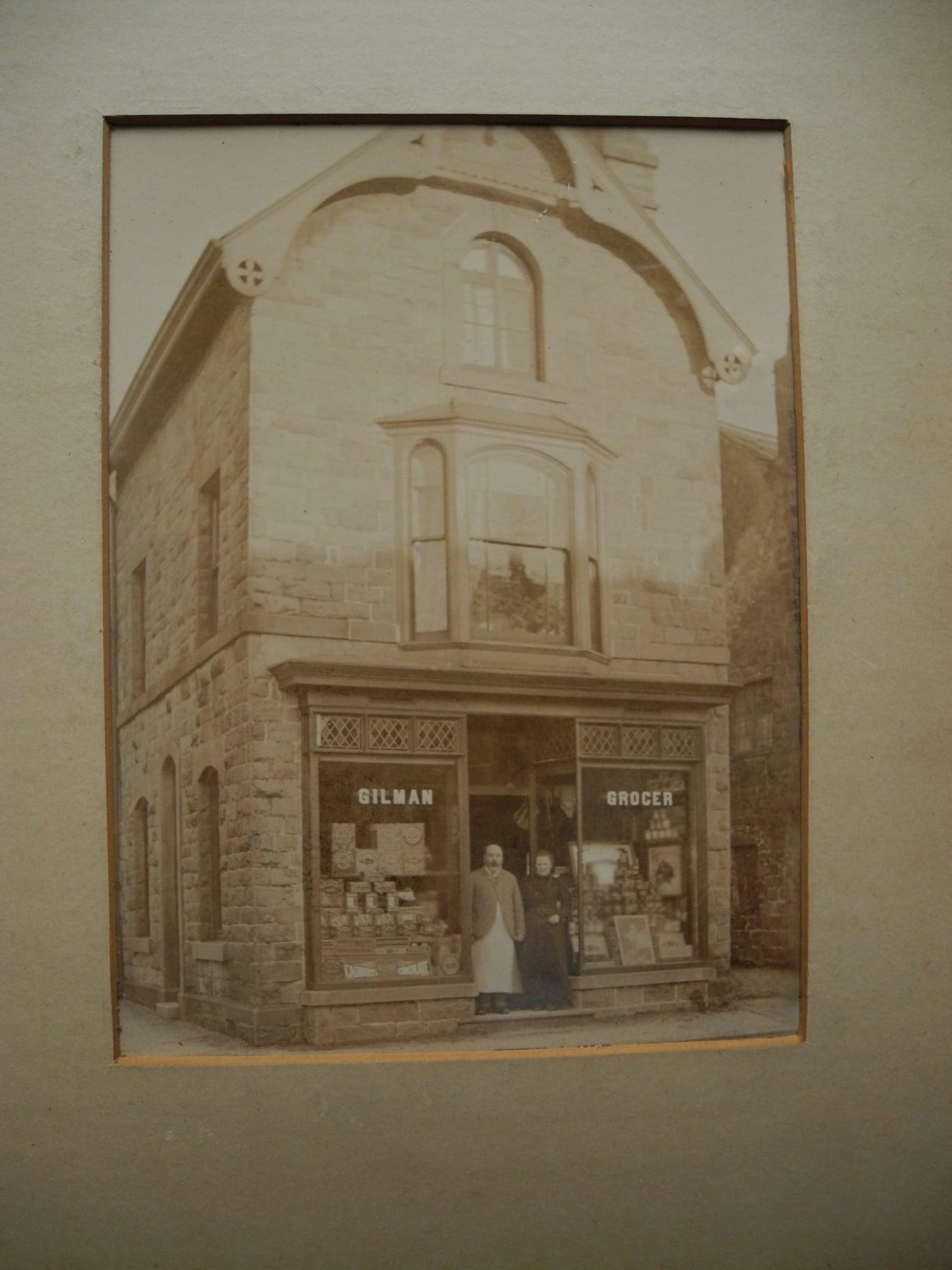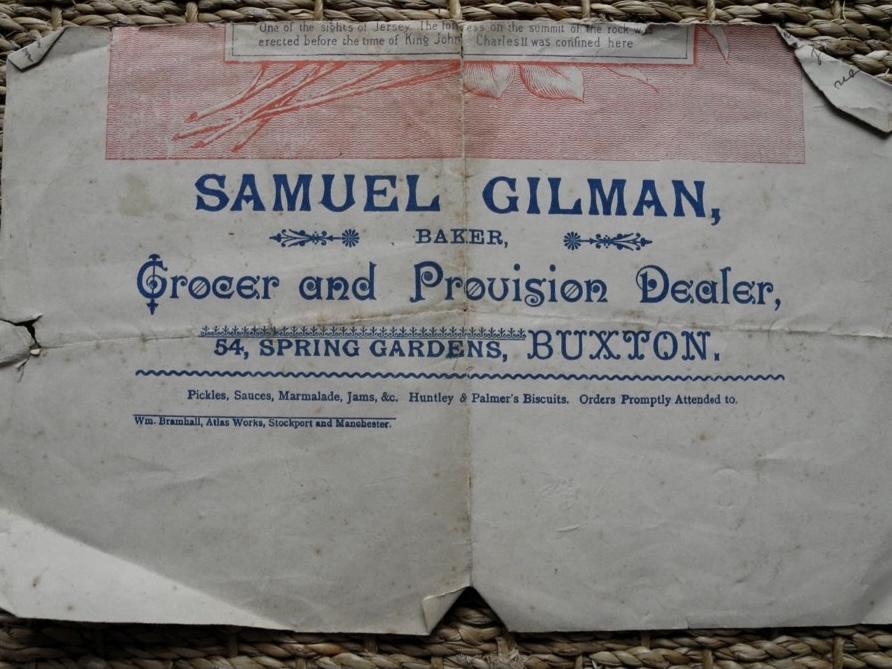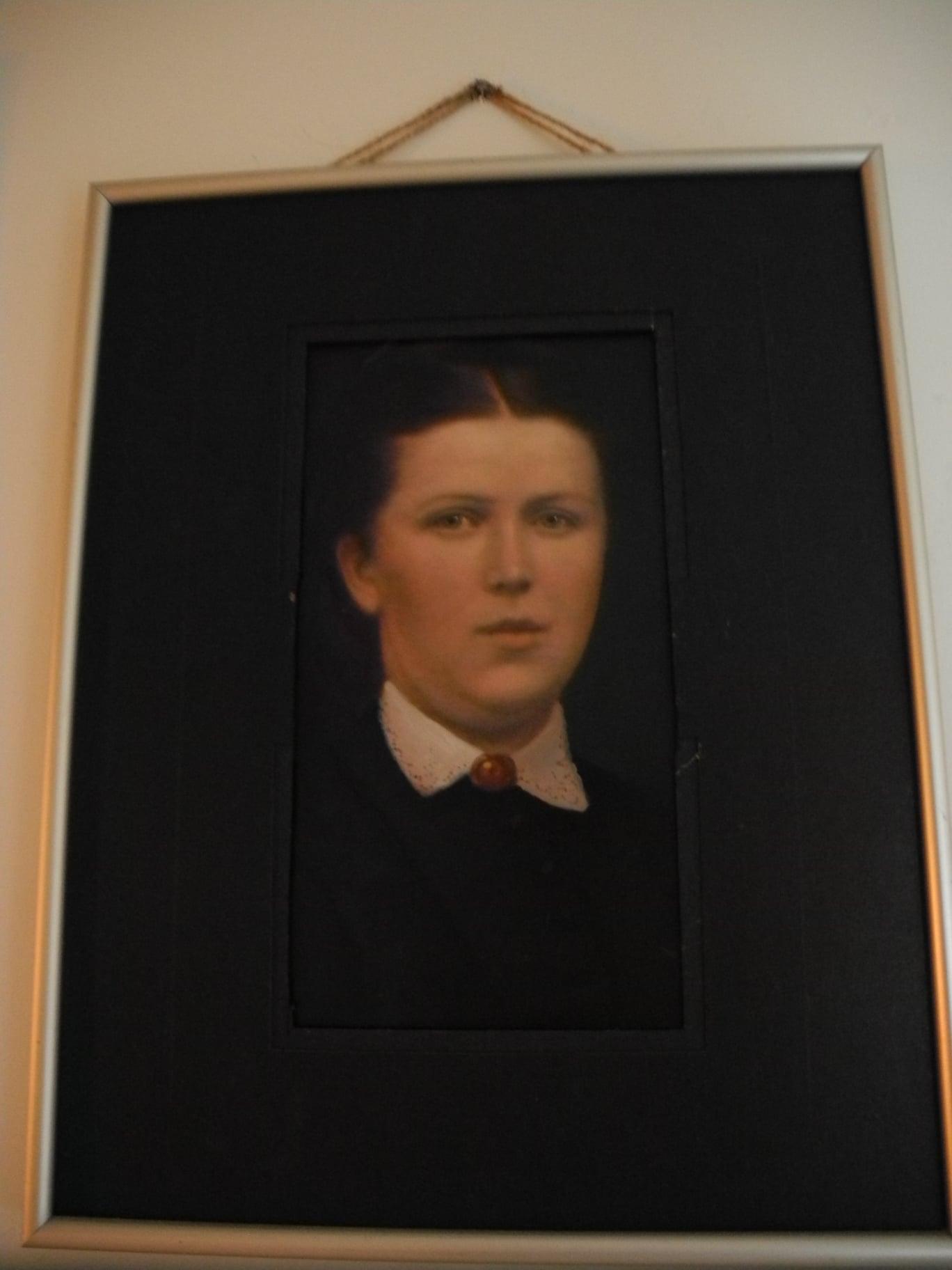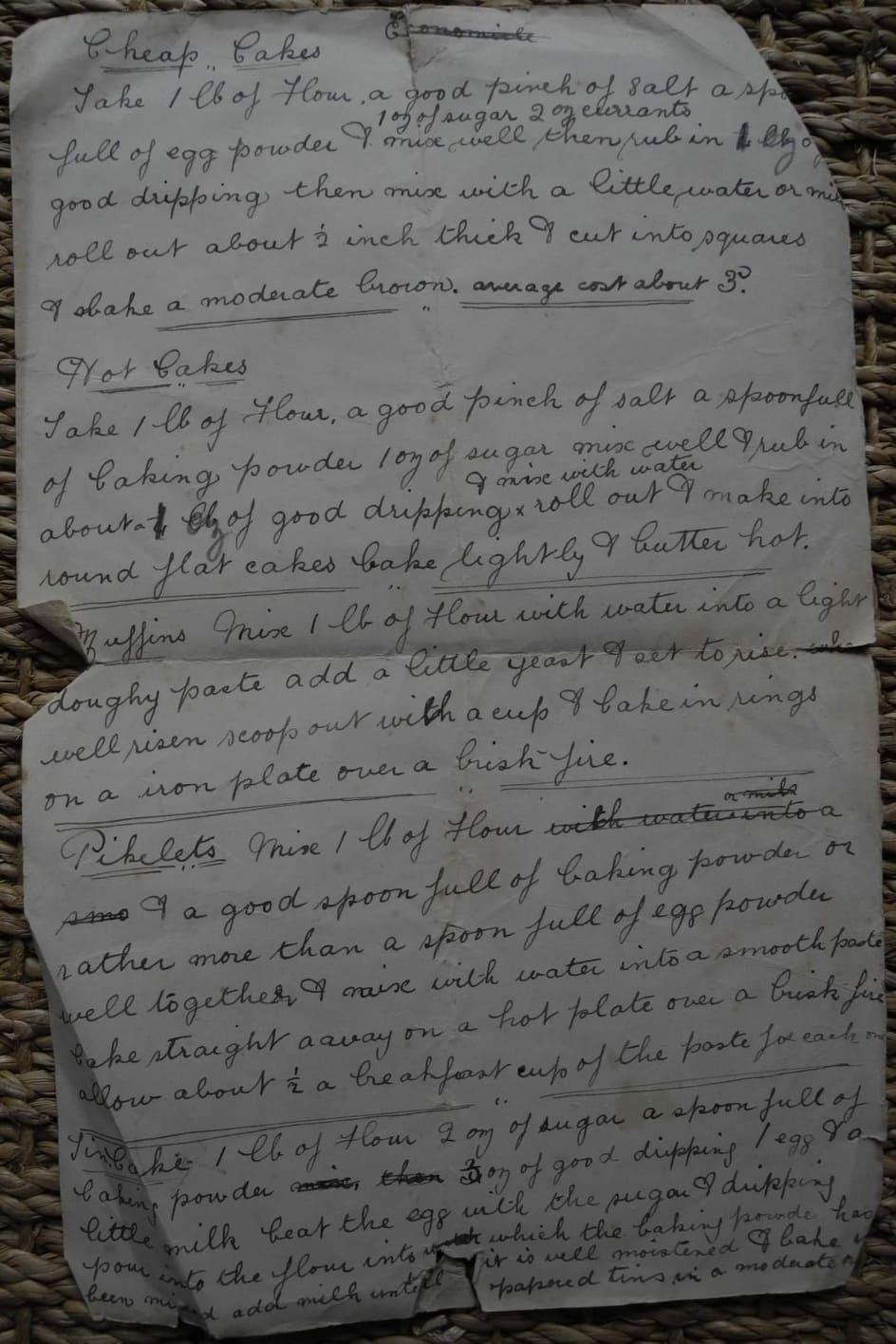-
Search Results
-
The following stories started with a single question.
Who was Catherine Housley’s mother?
But one question leads to another, and another, and so this book will never be finished. This is the first in a collection of stories of a family history research project, not a complete family history. There will always be more questions and more searches, and each new find presents more questions.
A list of names and dates is only moderately interesting, and doesn’t mean much unless you get to know the characters along the way. For example, a cousin on my fathers side has already done a great deal of thorough and accurate family research. I copied one branch of the family onto my tree, going back to the 1500’s, but lost interest in it after about an hour or so, because I didn’t feel I knew any of the individuals.
Parish registers, the census every ten years, birth, death and marriage certificates can tell you so much, but they can’t tell you why. They don’t tell you why parents chose the names they did for their children, or why they moved, or why they married in another town. They don’t tell you why a person lived in another household, or for how long. The census every ten years doesn’t tell you what people were doing in the intervening years, and in the case of the UK and the hundred year privacy rule, we can’t even use those for the past century. The first census was in 1831 in England, prior to that all we have are parish registers. An astonishing amount of them have survived and have been transcribed and are one way or another available to see, both transcriptions and microfiche images. Not all of them survived, however. Sometimes the writing has faded to white, sometimes pages are missing, and in some case the entire register is lost or damaged.
Sometimes if you are lucky, you may find mention of an ancestor in an obscure little local history book or a journal or diary. Wills, court cases, and newspaper archives often provide interesting information. Town memories and history groups on social media are another excellent source of information, from old photographs of the area, old maps, local history, and of course, distantly related relatives still living in the area. Local history societies can be useful, and some if not all are very helpful.
If you’re very lucky indeed, you might find a distant relative in another country whose grandparents saved and transcribed bundles of old letters found in the attic, from the family in England to the brother who emigrated, written in the 1800s. More on this later, as it merits its own chapter as the most exciting find so far.
The social history of the time and place is important and provides many clues as to why people moved and why the family professions and occupations changed over generations. The Enclosures Act and the Industrial Revolution in England created difficulties for rural farmers, factories replaced cottage industries, and the sons of land owning farmers became shop keepers and miners in the local towns. For the most part (at least in my own research) people didn’t move around much unless there was a reason. There are no reasons mentioned in the various registers, records and documents, but with a little reading of social history you can sometimes make a good guess. Samuel Housley, for example, a plumber, probably moved from rural Derbyshire to urban Wolverhampton, when there was a big project to install indoor plumbing to areas of the city in the early 1800s. Derbyshire nailmakers were offered a job and a house if they moved to Wolverhampton a generation earlier.
Occasionally a couple would marry in another parish, although usually they married in their own. Again, there was often a reason. William Housley and Ellen Carrington married in Ashbourne, not in Smalley. In this case, William’s first wife was Mary Carrington, Ellen’s sister. It was not uncommon for a man to marry a deceased wife’s sister, but it wasn’t strictly speaking legal. This caused some problems later when William died, as the children of the first wife contested the will, on the grounds of the second marriage being illegal.
Needless to say, there are always questions remaining, and often a fresh pair of eyes can help find a vital piece of information that has escaped you. In one case, I’d been looking for the death of a widow, Mary Anne Gilman, and had failed to notice that she remarried at a late age. Her death was easy to find, once I searched for it with her second husbands name.
This brings me to the topic of maternal family lines. One tends to think of their lineage with the focus on paternal surnames, but very quickly the number of surnames increases, and all of the maternal lines are directly related as much as the paternal name. This is of course obvious, if you start from the beginning with yourself and work back. In other words, there is not much point in simply looking for your fathers name hundreds of years ago because there are hundreds of other names that are equally your own family ancestors. And in my case, although not intentionally, I’ve investigated far more maternal lines than paternal.
This book, which I hope will be the first of several, will concentrate on my mothers family: The story so far that started with the portrait of Catherine Housley’s mother.
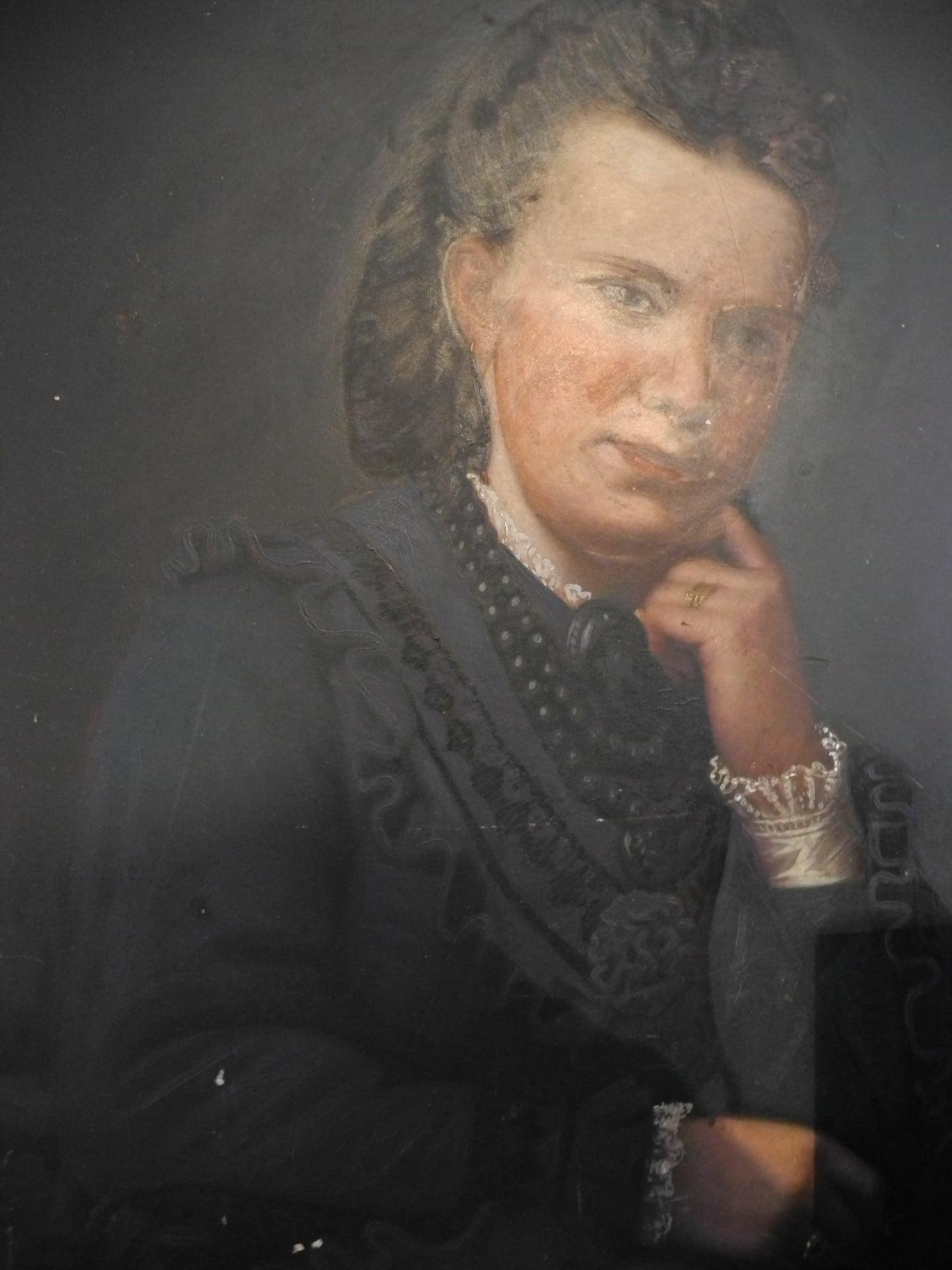
This painting, now in my mothers house, used to hang over the piano in the home of her grandparents. It says on the back “Catherine Housley’s mother, Smalley”.
The portrait of Catherine Housley’s mother can be seen above the piano. Back row Ronald Marshall, my grandfathers brother, William Marshall, my great grandfather, Mary Ann Gilman Purdy Marshall in the middle, my great grandmother, with her daughters Dorothy on the left and Phyllis on the right, at the Marshall’s house on Love Lane in Stourbridge.
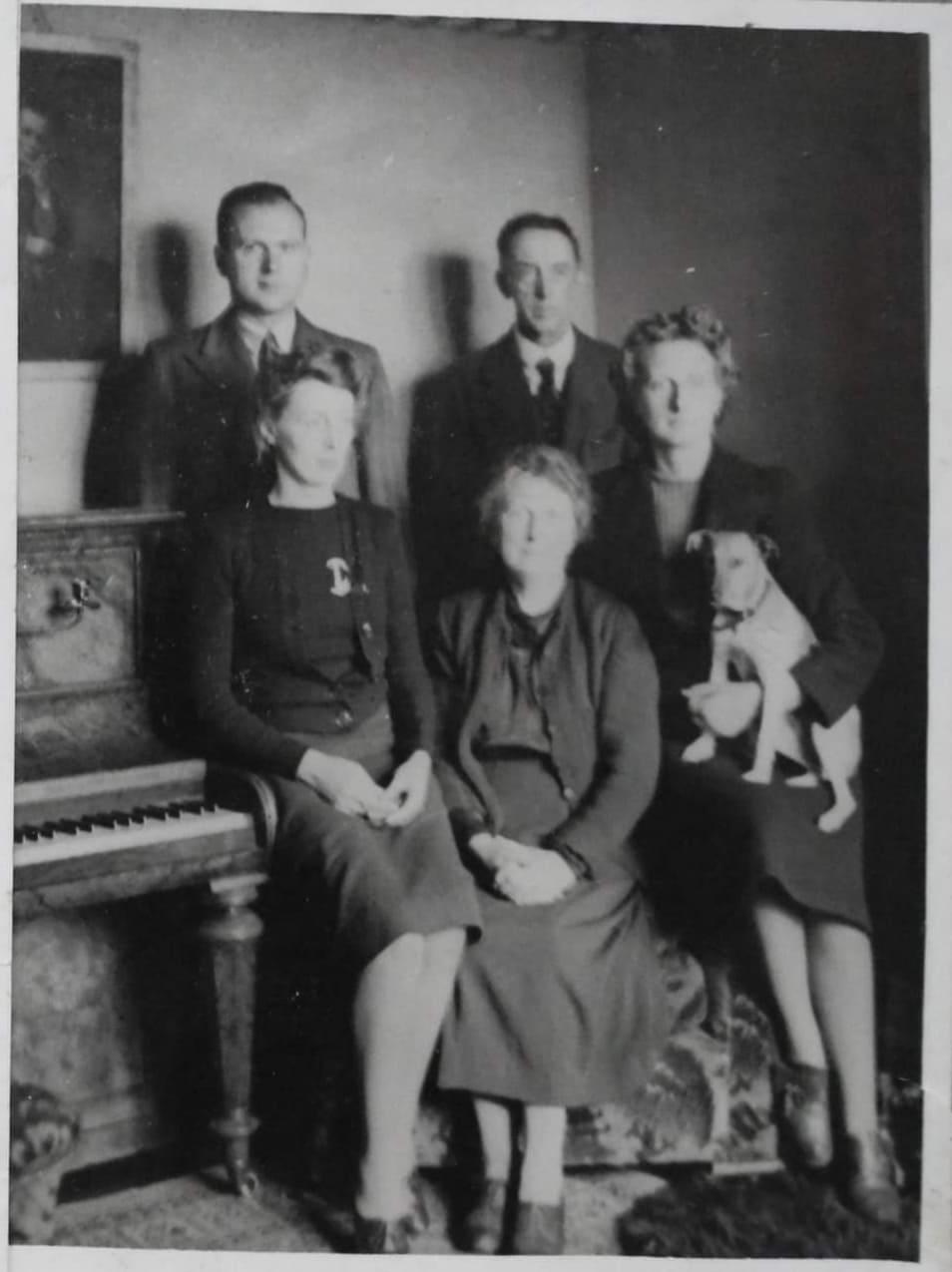
The Search for Samuel Housley
As soon as the search for Catherine Housley’s mother was resolved, achieved by ordering a paper copy of her birth certificate, the search for Catherine Housley’s father commenced. We know he was born in Smalley in 1816, son of William Housley and Ellen Carrington, and that he married Elizabeth Brookes in Wolverhampton in 1844. He was a plumber and glazier. His three daughters born between 1845 and 1849 were born in Smalley. Elizabeth died in 1849 of consumption, but Samuel didn’t register her death. A 20 year old neighbour called Aaron Wadkinson did.

Where was Samuel?
On the 1851 census, two of Samuel’s daughters were listed as inmates in the Belper Workhouse, and the third, 2 year old Catherine, was listed as living with John Benniston and his family in nearby Heanor. Benniston was a framework knitter.
Where was Samuel?
A long search through the microfiche workhouse registers provided an answer. The reason for Elizabeth and Mary Anne’s admission in June 1850 was given as “father in prison”. In May 1850, Samuel Housley was sentenced to one month hard labour at Derby Gaol for failing to maintain his three children. What happened to those little girls in the year after their mothers death, before their father was sentenced, and they entered the workhouse? Where did Catherine go, a six week old baby? We have yet to find out.
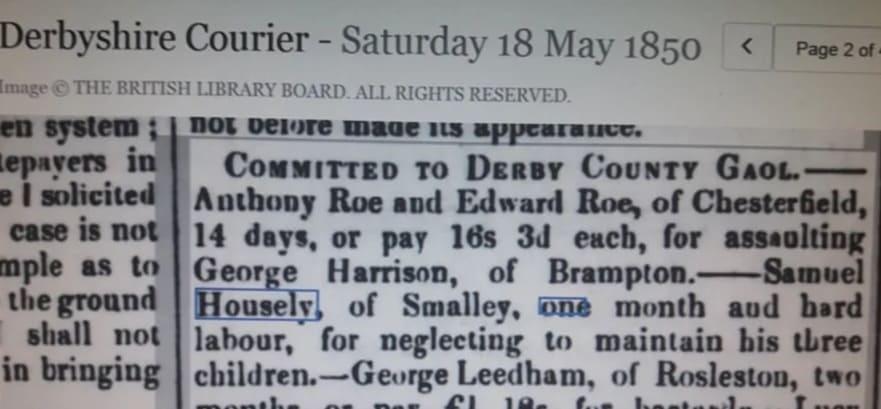
And where was Samuel Housley in 1851? He hasn’t appeared on any census.
According to the Belper workhouse registers, Mary Anne was discharged on trial as a servant February 1860. She was readmitted a month later in March 1860, the reason given: unwell.
Belper Workhouse:
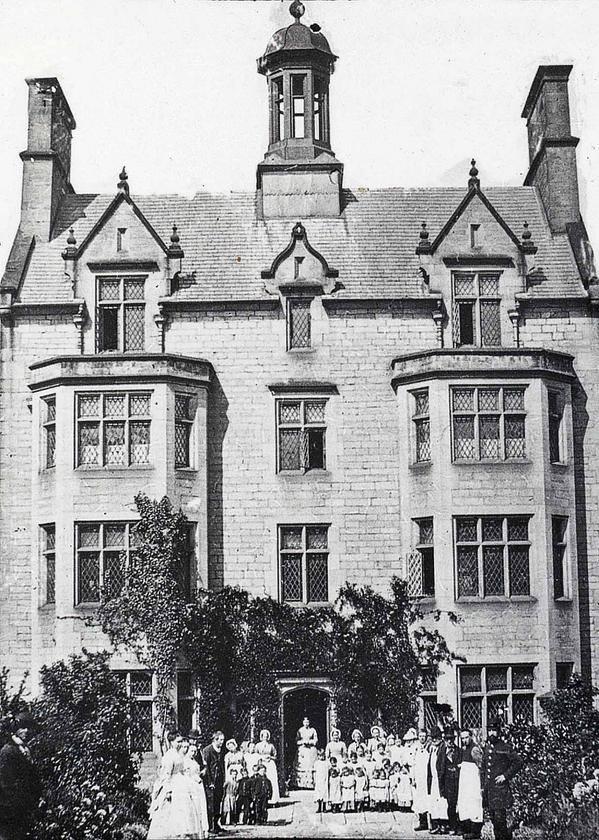
Eventually, Mary Anne and Elizabeth were discharged, in April 1860, with an aunt and uncle. The workhouse register doesn’t name the aunt and uncle. One can only wonder why it took them so long.
On the 1861 census, Elizabeth, 16 years old, is a servant in St Peters, Derby, and Mary Anne, 15 years old, is a servant in St Werburghs, Derby.But where was Samuel?
After some considerable searching, we found him, despite a mistranscription of his name, on the 1861 census, living as a lodger and plumber in Darlaston, Walsall.
Eventually we found him on a 1871 census living as a lodger at the George and Dragon in Henley in Arden. The age is not exactly right, but close enough, he is listed as an unmarried painter, also close enough, and his birth is listed as Kidsley, Derbyshire. He was born at Kidsley Grange Farm. We can assume that he was probably alive in 1872, the year his mother died, and the following year, 1873, during the Kerry vs Housley court case.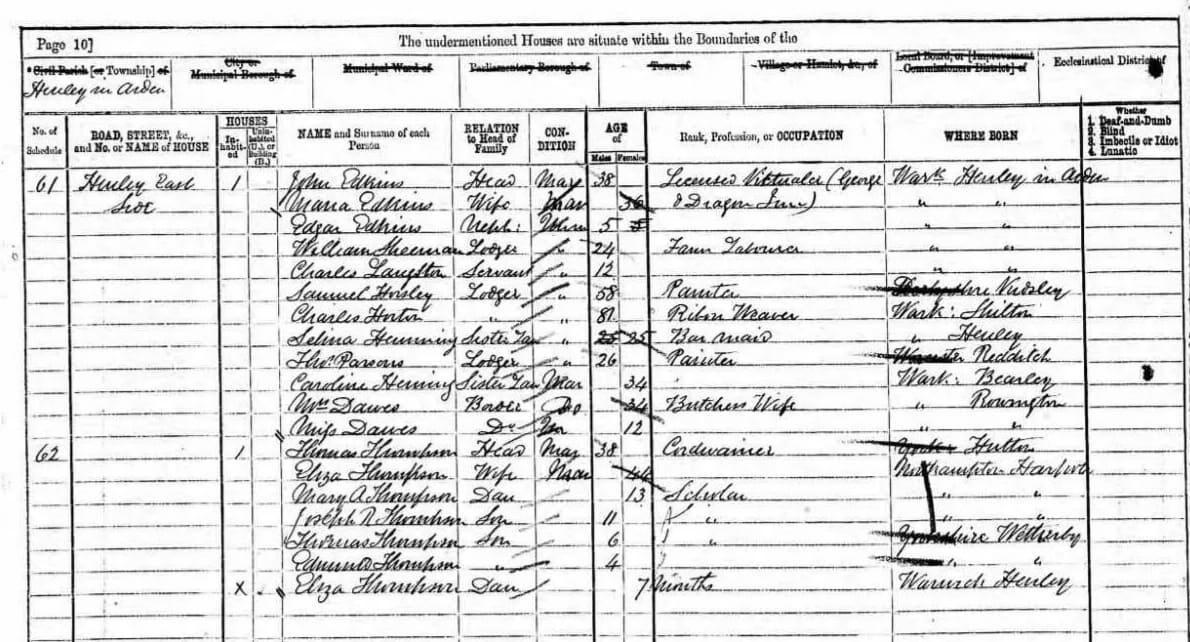
I found some living Housley descendants in USA. Samuel Housley’s brother George emigrated there in 1851. The Housley’s in USA found letters in the attic, from the family in Smalley ~ written between 1851 and 1870s. They sent me a “Narrative on the Letters” with many letter excerpts.
The Housley family were embroiled in a complicated will and court case in the early 1870s. In December 15, 1872, Joseph (Samuel’s brother) wrote to George:
“I think we have now found all out now that is concerned in the matter for there was only Sam that we did not know his whereabouts but I was informed a week ago that he is dead–died about three years ago in Birmingham Union. Poor Sam. He ought to have come to a better end than that….His daughter and her husband went to Birmingham and also to Sutton Coldfield that is where he married his wife from and found out his wife’s brother. It appears he has been there and at Birmingham ever since he went away but ever fond of drink.”
No record of Samuel Housley’s death can be found for the Birmingham Union in 1869 or thereabouts.
But if he was alive in 1871 in Henley In Arden…..
Did Samuel tell his wife’s brother to tell them he was dead? Or did the brothers say he was dead so they could have his share?We still haven’t found a death for Samuel Housley.
Topic: Yuki’s Livrary
These are excerpts from Yuki’s diary, explaining some of the details of the experiment called — Malvina’s story —.
Note: for the reader not familiar with all the names here is a quick reminder:
- Araili > Yann, Írtak, Sam, Jacob …
- Armelle > Fiona, Arona, Tina, Qixi …
- Rafaela > Dory, Illi, Becky, Rodney …
- Yuki > Quintin, Al, Janice …
September 12 th, 2007
Today, an experiment has been launched by Quintin. Time will tell if it will bear some fruit, but the idea sounds good.
Having people join in a story telling, and see what happens, what are the “lessons” one can draw from this…Armelle, Rafaela and Araili are already on the starting-blocks, though Quintin is not quite aware yet.
I can hear some thoughts: Let’s say for the moment that there are no rules. We will see what prompts the desire for having rules…
September 13 th
Some of the people familiar with Janice and her friends’ adventures have already joined in with much enthusiasm.
This first comment seems very promising.Right now, it feels easy and fun.
Quintin seems to think that everything is very straightforward.
The magical world with the cave in one part, separated from the “real” world. (Two Worlds, and he thinks that will be enough to content Rafaela, ahaha, how presumptuous)
The first he sees as a representation of what psychologists think of as “subconscious”, and the other being the conscious, physical part.But of course, he thinks he knows better than that. He calls the first one “subjective” rather than subconscious, because it’s a translation of subjects which unfold in many related objects in the “objective” or physical world.
That’s a good point, though a bit distorted. It would be better to say Malvina’s World is a translation of the subjective, in the manner of a Heroic Dimension.
But the thing is, that he missed the point in thinking one World is more “real” than the other.
We’ll be having some fun soon…First remark… The second comment of the story has been interrupted abruptly in the middle of a sentence. That is interesting. We will urge Quintin to leave it as it is, despite his feeling of it being awkward.
We will appeal to his imagination.
It seems he has heard the suggestion.September 14 th
For the most part, the story starts to get much involvement. Lots of energies are being projected into it, and with every adjunct, each participant’s perception stretches to accommodate the changes and smooth out the bumps in their own sense of continuity.
But as I expected, some challenges seem to appear already.
Is it raining or not in that world?
The question seems simple, but it is very profound and Fiona seems to struggle a bit with it, as is Quintin. The question frame itself [“that World”] shows where the difficulty lies.He seems to avoid the discrepancy and pretend that he has not seen it. Mmmm, avoiding the obstacles… that will very soon come right back in front of you dear Quintin, for Dory is quite playful.
At least Fiona has been challenging Dory for not paying attention… Armelle’s ineffable loving ruthlessness!
How will it unfold?
Rafaela seems to be delighting herself as though she’s preparing some mischief, but Dory struggles in the “back”…September 15 th
Dory is indeed very playful and her imagination is unrestrained. I extend much appreciation to this focus of Rafaela, especially as Quintin has to stretch his imagination to make things “fit”.
Quintin is still avoiding the issues that appear sporadically and prefers to stay focused on his own perception of the story… Careful Quintin

Yann joins the fun —objectively, that is, for Araili has been present already since the very beginning.
September 16 th
Halcyons days…
My dear friend Archie is answering some of Quintin and Yann’s questions.
Something starts to dawn on Quintin. But his mind is on other matters.He understands that the energies of the writers are melding in writing the story, but he still tends to think that they blend completely.
September 18 th
Quintin has been drawing some of the characters of the story. It’s interesting.
He had good insights, as Yann will tell him later that his clothes today were exactly the same as the colours he had drawn.Characters drawn:
- Mavina, Leörmn the dragon and weaszchilla, Írtak, Huÿgens (and Fjutch), Arona and Illi (the gripshawk)
- Malika, Quintin, Yann, Fiona and Dory
Interestingly, Fiona resolves her issues in her cave.
Dory too, but she did not need the cave to do this.September 21 st
For Quintin, the story seems to lose all common sense, as some characters move from World to World. You could have expected that Quintin!
And Dory pops in and out, in her mind, in her dream state, or in future timeline mixed with present or past one.
Quintin will soon realize that he himself is doing this constantly, though he does not register it.But the worst thing for him is that there are bleedthroughs in between Worlds. The Reality Times newspaper was brilliant Rafaela, a perfect trigger for the beliefs that the Worlds are closed and impermeable to each other!
Archie has been answering new questions about that story and this had been quite interesting for all of the participants.
There is much for them to digest from the realization that each of them had been creating their own versions of the stories through their perceptions. And that they were each having their version of the story, drawing from each other’s input, like a conductor of an orchestra incorporating some instruments.Of course, some things still matter, and one of the point of the story is also to discover these.
September 22 nd
Quintin has been drawing new characters.
Characters drawn:
- Båd Al’Guz (Bådul), BelleDora, Buckberry the dragon, the twin dragon eggs, Archibald the parrot, Sanso the Wanderer
- Illi Fergusson, another Illi that Quintin has tried to sneak in as a bait for Dory, with hints that she is disengaged (or “dead” in common vernacular) and merges with others of her focuses…
- Jacqueline Bleomelen (Nanny Gibbon), Lord Wrick, his great grand children the twins Cuthbert and India Louise, Manfred, William P. Jobsworth the painter
A new perception trick: Dory felt relieved upon seeing the moth feelers of BelleDora.
She had at first thought they were whiskers, which was not Quintin’s intent…September 23 rd
Quintin seems to have connected to a map drawn by Lord Wrick, when the old Lord has started to document his great grand children travels.
Quintin had tried to put some annotations on this fragment, but he doesn’t yet completely understand that his perception of this World, though accurate, is only valid in this present moment, and may change at any time.
Up to now, here are the names he could find:
- North: the Icy Lands, and Dragon Cemeteries
- Center: Goldfindely, homeland of Arona, connected to the Warring Kingdoms of Lan’ork by the Isthmus of Ghört’s Hammer. The Isthmus of the Dragon Head seems to lead to Malvina’s cave and hideout. Mount Elok’ram is pointed as the highest place of the World yet discovered. Three main rivers are drawn: in the ancient myths of the people of this land, they represent the three Daughters of Ghört, weavers of men’s destinies: Tibreÿa, Uleÿa, and Snimeÿa. Snimeÿa cuts the thread of life, which is shown as the river leads after many meanders to the Marshes of Doom.
- Far East, North: the Land of Båd Al’Guz, Åsgurdy. A harsh mountainous land of islands and seas.
Both parts of the World seem to ignore each other till now, as they are separated by the Great Rift, which in the past has deterred many intrepid navigators. - South: the Desert Lands. Illi’s birthplace, rarely explored by humans thus unaware of most of its marvels, gripshawks nomadic tribes included.
When he discussed Arona’s village with Fiona, Quintin had the vision of some dolphin-like creatures, but bright yellow. They are called golfindels and are mostly seen on the northern shores of Arona’s homeland, which is thus called Golfindely.
